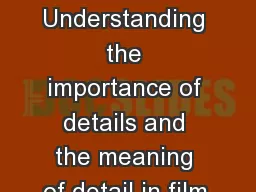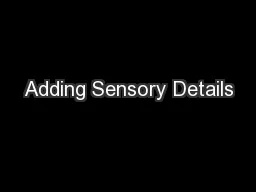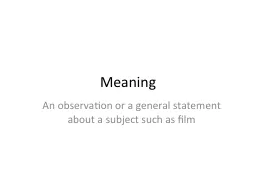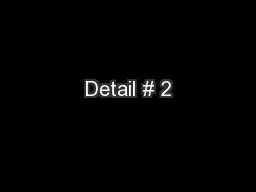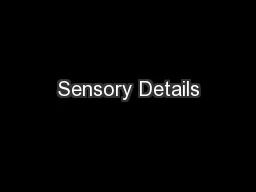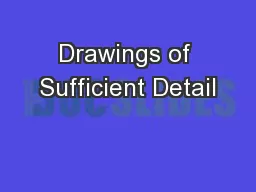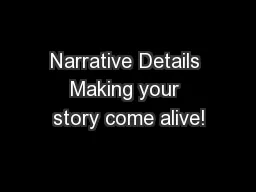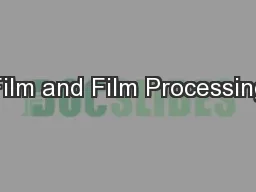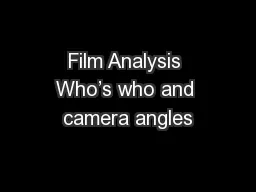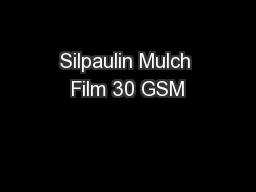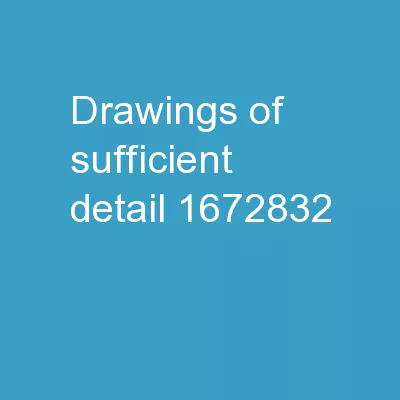PPT-Understanding the importance of details and the meaning of detail in film.
Author : trish-goza | Published Date : 2018-02-24
Mise enScene the totality of expressive content within the image Includes but not limited to settings props lighting costumes makeup actors their gestures the
Presentation Embed Code
Download Presentation
Download Presentation The PPT/PDF document "Understanding the importance of details ..." is the property of its rightful owner. Permission is granted to download and print the materials on this website for personal, non-commercial use only, and to display it on your personal computer provided you do not modify the materials and that you retain all copyright notices contained in the materials. By downloading content from our website, you accept the terms of this agreement.
Understanding the importance of details and the meaning of detail in film.: Transcript
Download Rules Of Document
"Understanding the importance of details and the meaning of detail in film."The content belongs to its owner. You may download and print it for personal use, without modification, and keep all copyright notices. By downloading, you agree to these terms.
Related Documents

